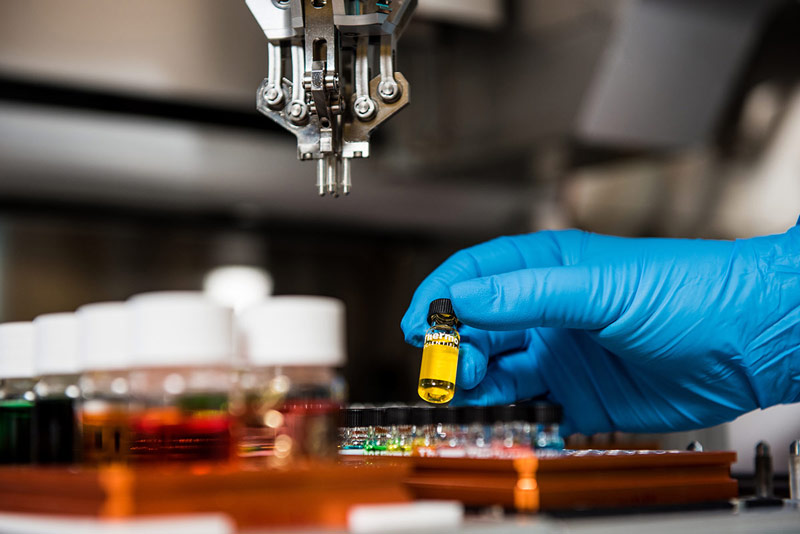Biological, Medical, and Other Tissue Variables Affecting Biospecimen Utilization Abstract
This review discusses the technical characteristics of biospecimens that can cause morphological and molecular variability and/or limit the usefulness of biospecimens in research.
This article also describes current challenges related to biospecimen characteristics that may affect biospecimen utilization. These include inadequate awareness of investigators about the availability of biospecimens with specific morphologic and molecular features, donor variability, preanalytical variables, technical problems inherent with an investigator’s request for biospecimens, limited tissue availability from a biorepository based on requested sizes and/or numbers of available biospecimens, effects of times of warm and cold ischemia, damage of tissues during surgery, and molecular changes during storage. To ensure maximal biospecimen utilization of all types of biospecimens requires continual education of investigators from diverse fields, particularly on factors that cause variability in the morphological and molecular characteristics of tissues.
The investigators’ requests for biospecimens and associated data should be reviewed carefully, including by a bioresource-associated pathologist. Queries arising from the request/application form should be resolved by bioresource personnel directly with the investigator.




